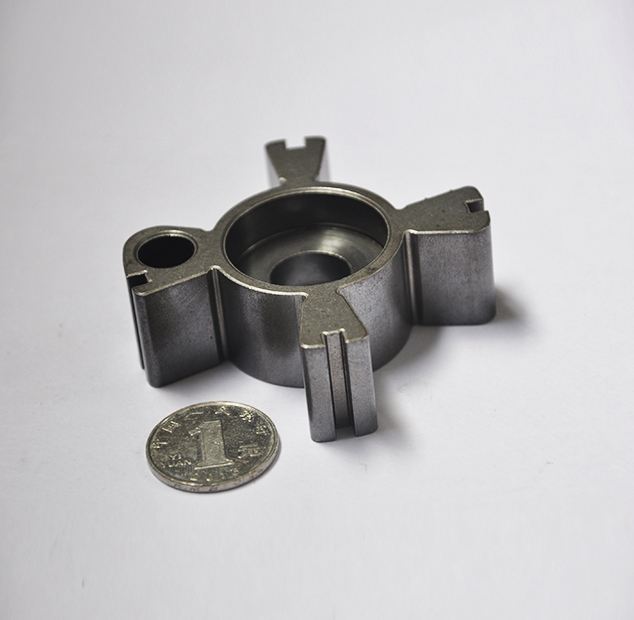A wide selection of complex materials
Materials used in medical facilities need to meet the requirements of durability, safety, non-responsiveness to the human body and disinfecting ability.
For example, joint replacement parts are often made of medical stainless steel or titanium for unmatched strength, elasticity and function.
Precision machining makes these materials into complex shapes and sizes for use in specific medical fields. Some of these parts are already embedded in the patient, so they need to meet strict tolerances and have very smooth surfaces to eliminate burrs or streaks.
CNC and EDM precision machining are well suited for manufacturing these precision parts. Even the hardest materials can be used and turned into smooth parts. This machining method ensures that all parts are identical and assembled in the correct manner for optimal performance.

Why do certain medical tools or materials need to be miniaturized?
Because only then can they provide comfort and safety. Take insulin pumps, heart monitors and defibrillators.
Thanks to precision machining, these designs have now been miniaturized, with smaller, more precise components. These implants can now be implanted in the body, allowing these people to lead relatively normal lives and enjoy freedom and freedom of movement.
Only through precision machining can these medical tools be precisely designed and manufactured.
Once the design goes into computer control, the parts are processed immediately for smaller or larger runs. To sum up, there is no doubt that this technology has made a great contribution to the medical industry.
Custom equipment
Precision machining also allows for the custom design of certain medical devices to achieve a more precise and personalized fit.
This is especially important for artificial devices that need to precisely adapt and meet people's needs.
Precision machining is unique in that it can meet this need. Custom parts are simple and cost effective with CNC machining.
By entering the design into computer control, parts can be machined quickly and accurately.
Precision machining has promoted the development of the medical industry and, in the long run, is an indispensable part.
Trends and Challenges in medical precision machining
The accelerated development of the global market will inevitably link its upstream and downstream industrial chain.
Bring massive demand for medical device processing, and bring a new development wave for the precision parts manufacturing market.
Among them, most medical parts are characterized by small batch, variety, irregular shape, hard material and high surface finish.
These parts need to go through rigorous milling, turning and drilling, such as orthopedic implants, dental implants, pacemaker parts, etc.
Medical equipment is famous for its complex structure, high precision and high reliability. Medical device parts to the workpiece material, machining accuracy, surface finish higher requirements, also means that precision machining capacity needs to be a higher level.

Precision machining technology is an advanced manufacturing technology developed to adapt to modern high technology. In recent years, with the development of intelligent manufacturing, precision machining technology has contributed more and more to the medical device industry.
With the development of the medical device industry, the types of medical devices will be more and more, the structure will be more and more complex.
The precision requirements will also be higher and higher. In order to meet the demand of multiple varieties and high precision of medical devices, high speed, high precision, intelligent, composite and environmental protection precision machining has gradually become the main development direction of CNC machining of medical devices.
That is to say, the machine tool, fixture, tool, CAM software, testing equipment, engineering capacity and so on put forward extremely high requirements, medical device manufacturers to high-quality parts processing suppliers demand, undoubtedly promote the progress of processing technology.













